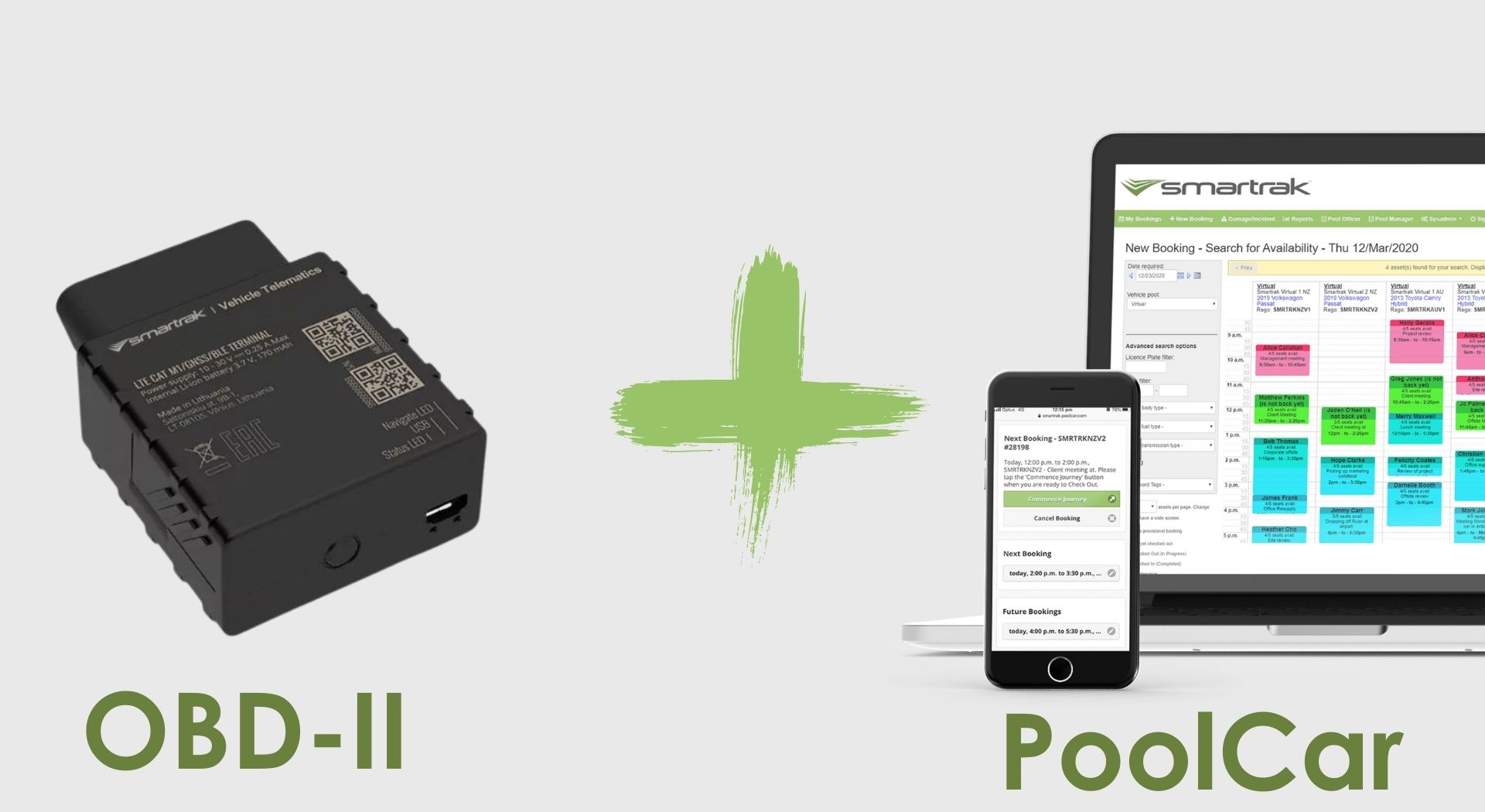Role
Industry
Solutions
Products

If you’re looking for a pool booking solution to manage your shared fleet, you may not give much consideration to GPS tracking. Streamlining access to vehicles is likely your top priority. But what you may not know is that GPS tracking can provide a wide range of data that can complement a pool booking solution.
Fleet utilisation is a metric that allows Fleet Managers to easily understand how often their vehicles are being used. By implementing a booking solution like PoolCar, Fleet Managers instantly get visibility over how often vehicles are being booked out. You can easily see what percentage of your fleet is being used on any particular day.
But vehicle bookings only tell half the story. What happens once your fleet vehicles leave the car park? Unless you have a GPS tracking solution, you won’t know. A GPS solution like the OBD-II fills in the gaps between when the vehicle left the car park and when it returns. The data it reveals might surprise you.
Let’s suppose someone books a vehicle for a two-hour period. If that’s the only booking for the day, you might assume that this particular vehicle has a utilisation of 25% (a two-hour booking divided by an eight-hour workday). However, that is seldom the full story.
GPS data can reveal how much of that booking the vehicle was actually moving – or being utilised. If the person who needed the car was simply driving to and from a meeting that’s fifteen minutes away, the utilisation data is much less. Taking this new data into consideration, the utilisation of the vehicle is actually only 6.5% (.5 divided by 8 hours)
This more granular detail can give you insights into how your fleet is actually being utilised. In the scenario above, perhaps the staff member is encouraged to take an Uber or taxi, or public transport instead. By offering alternatives, you free your fleet up for more pressing trips. It also potentially enables you to start reducing your fleet size and therefore your fleet operating costs.
One of the other ways that the OBD-II is a natural extension to PoolCar is how it makes tracking vehicle data easier. PoolCar can help you keep track of each of your vehicle’s odometers. It can be done manually updated in the PoolCar software. It can also be done via the KeyMaster key cabinet – Staff can be prompted to enter the current odometer reading as part of the check-in process. But both these methods require data entry.
The OBD-II measures the distance travelled by the vehicle and communicates it directly to Smartrak and PoolCar. That means you don’t need to rely on staff filling in paper logbooks or guessing the correct reading when they forget to jot it down. The data is uploaded and synchronised automatically – no input required.
Another benefit from combining OBD-II with is that you can monitor driver behaviour. While PoolCar allows you to see who is driving your fleet vehicles at any time, it doesn’t provide data on how the driver performed during the booking.
The OBD-II provides the ability to track not only where the vehicle has travelled, but how fast it was travelling during the trip. This provides your organisation with the ability to monitor drivers who may be driving in a dangerous manner. You can look at trends around speeding and provide education to those who are consistently travelling above posted speed limits.
PoolCar provides data on who is driving, and the OBD-II provides data between the start and end of the booking.
Are you looking to extend your PoolCar experience? Talk to us today to learn more.